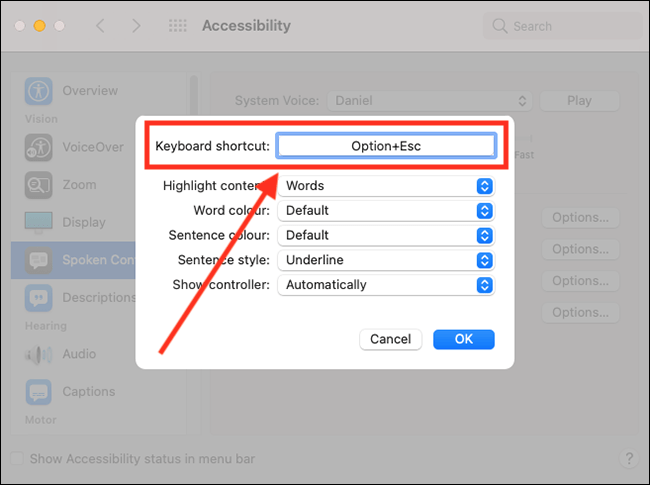

Text to Speech is another easy-to-use feature built into Mountain Lion. You can use dictation with any application that supports text input. The few controls found in the Dictation preferenceĭictation isn’t one of those features that works with applications specifically written to allow it. When you do, your stored data and words will be deleted from Apple’s servers. If you’re uncomfortable with that, simply turn off dictation in this preference. Apple keeps a copy of your words to help improve dictation’s performance. When you finish speaking, your words appear within the application in which you initiated the dictation command. I’ll save you the trip by explaining that when you use dictation, the words you say are sent to Apple’s servers where some powerful technology is applied to the job of quickly turning those words into text (so yes, your Mac needs to be connected to the Internet for this to work). When you click it you’ll learn something of how this technology works. You’ll also see an About Dictation and Privacy button at the bottom of this pane. You have the options to turn Dictation on or off, select a keyboard shortcut to engage dictation, choose the language you’ll be speaking, and select an audio source (which, if your Mac comes equipped with a microphone, is the internal mic).
#Text to speech mac key comand full
Given how capable dictation can be, you’d think that the Dictation pane would be full of arcane settings and demands that you spend an hour training the Mac to understand you.


 0 kommentar(er)
0 kommentar(er)
